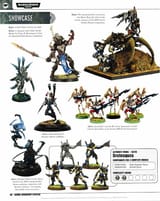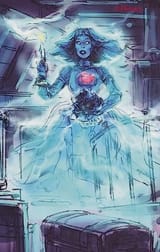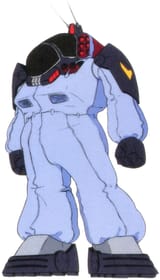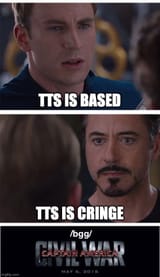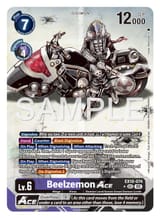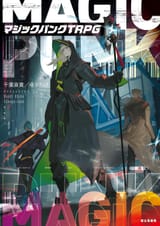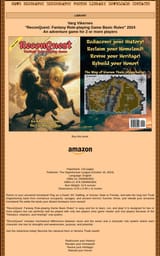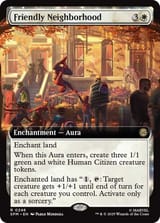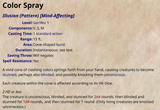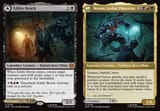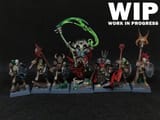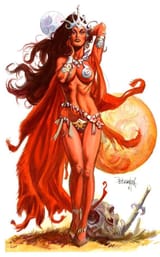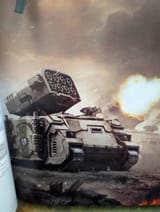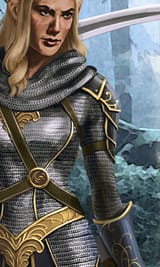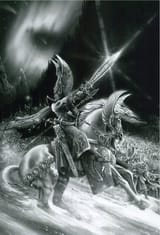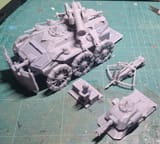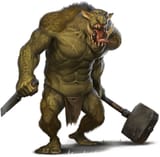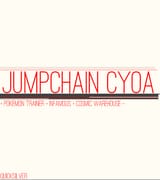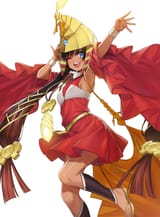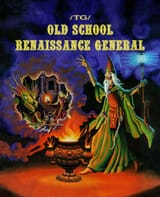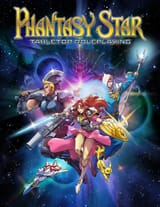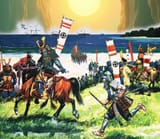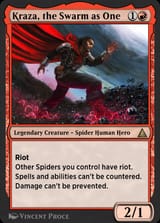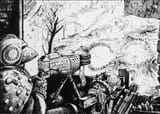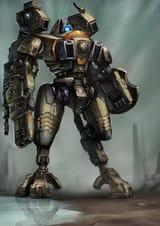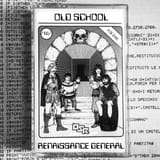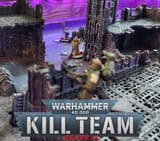I have been playing and running Draw Steel's playtest since August of last year, and have since moved on to the release version. I recently ran a brief level 5 game. This is my play report:
https://docs.google.com/document/d/1Be1a7GJ1gjK7SqYQWZmxA2Tx_nIF6vRcTNqOKuUUQ3g/edit
The full version is above, but to summarize:
• I had four players. One had already played the system a fair bit, and had experience with grid-based tactical games like D&D 4e and ICON. The other three were new, but also had experience with tactical games.
• I set this in the timescape's space-fantasy upper worlds, in a UNISOL-aligned manifold. The story began with a counterattack on the fleet of Lord Syuul, and culminated in delving into the minds of two Space Gods to save a planetary system.
• I kept basic numerical statistics transparent, but enemy traits and abilities opaque.
• Negotiations were received poorly by the players. They felt too rote (uncover, appeal, uncover, appeal, repeat), and it quickly became evident that some PCs should just step back and let the characters with relevant perma-edges (e.g. High Elf Glamor) handle everything.
• Montages had a somewhat better reception, but the players still were not too warm on them. They just do not like 4e-style skill challenges.
• Combat was the most well-received facet of the system. The consensus seemed to be "decent, would definitely play again, but nothing special compared to other grid-based tactical games we have already played."
• One pain point was that some characters felt locked into optimal routines. Our shadow spammed Shadowstrike, because it was the best thing to do. The players mentioned that 4e's AEDU felt more varied from turn to turn.
• Another pain point was the sheer complexity, leading to slowdown. Maybe it was because three of the players were new, but mid-level combat felt significantly more complex than mid-level 4e combat, in large part due to the constantly fluctuating Heroic Resource pools.
